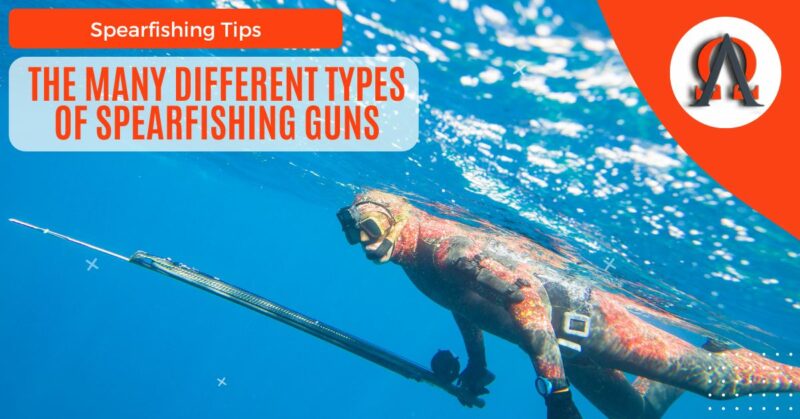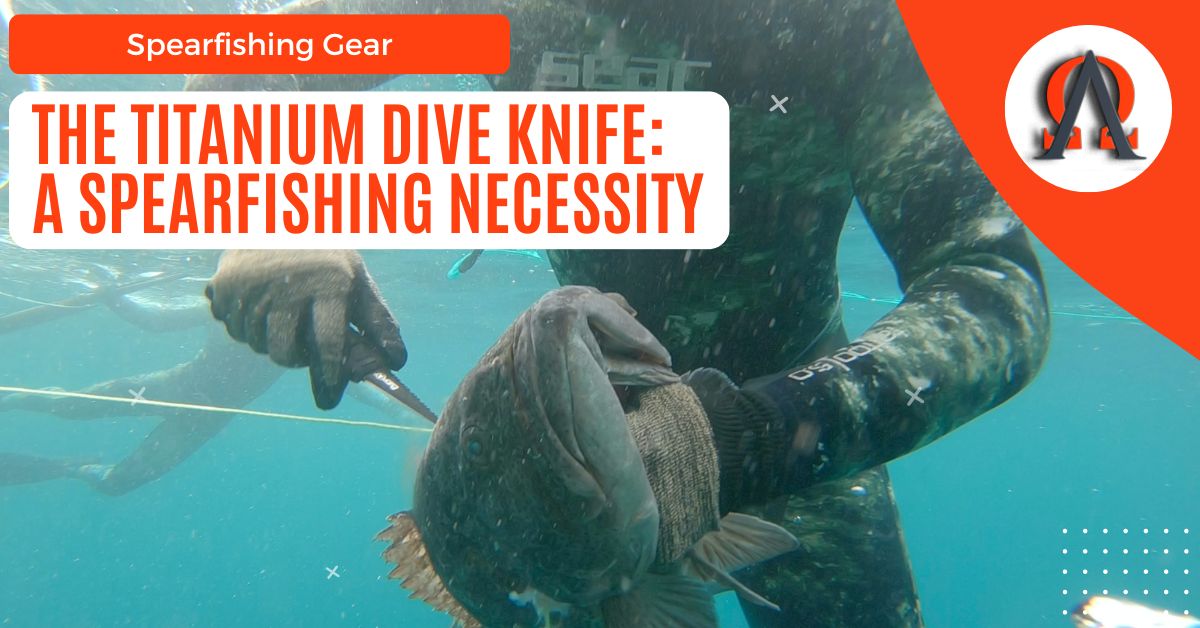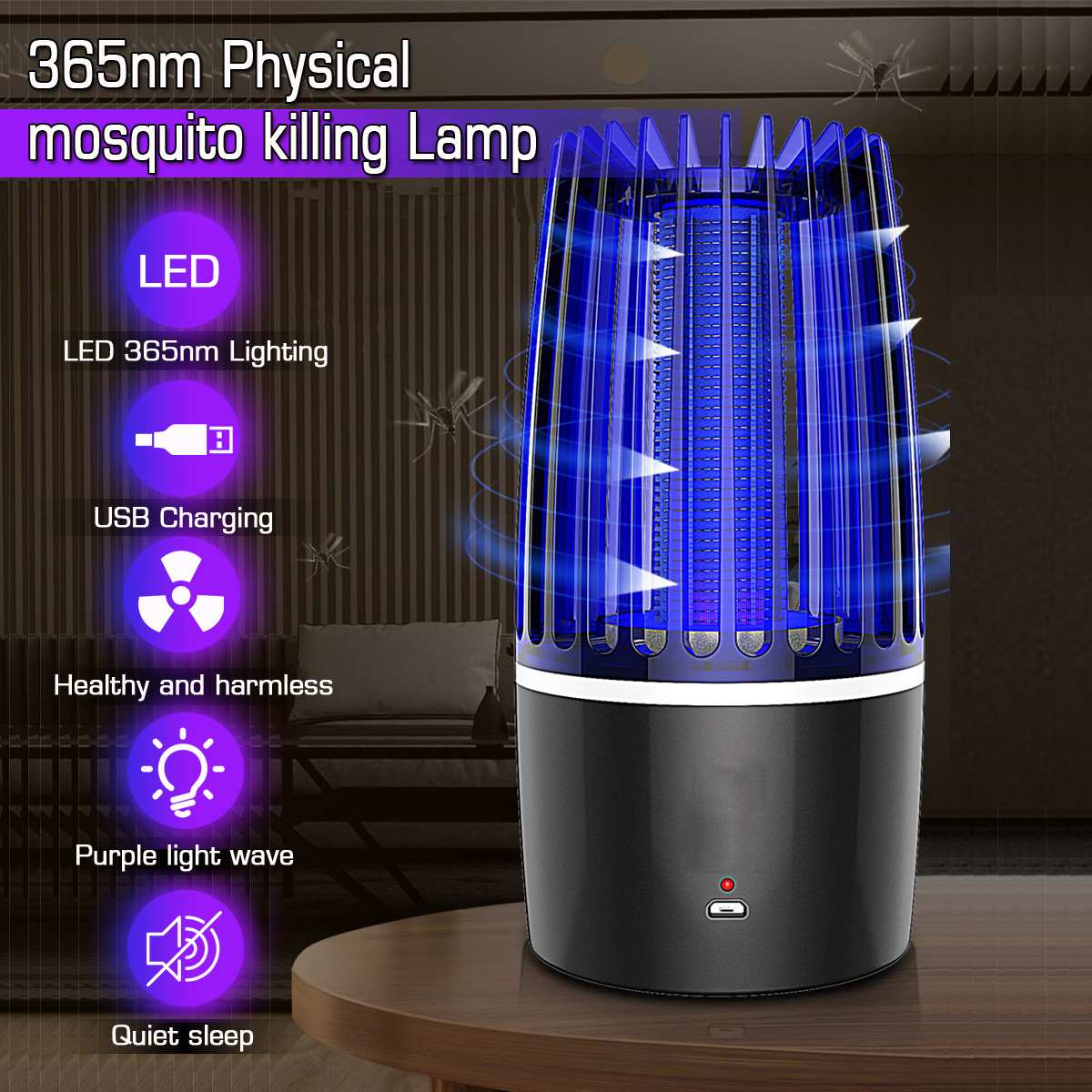
The sport of spearfishing has become seriously popular within the last two decades, with up to two million people taking up this pastime in the USA alone. When starting out, it can be a challenge to choose the right equipment. The range of spearfishing guns that are available can be overwhelming, and each different type has its pros and cons. Before you decide, here’s an overview of the many different types of spearfishing guns that are out there to use today. This guide concentrates on mostly ‘band-powered’ models for freediving, as these are the ones that are sought after, for a number of reasons.
Table of Contents
- The Polespear
- The Hawaiian Sling
- The Railgun
- The American Spearfishing Guns
- Open Muzzle vs Closed Muzzle
- The European Spearfishing Guns
- Further Advice and Information On Spearfishing Guns
- Final Thoughts
- Latest Posts
Pneumatic spearguns (air-powered) are available but are nowhere near as popular. They require more maintenance and servicing, they have a powerful recoil and create a loud noise that could scare away potential prey. That’s not to say that they don’t have their place within the sport, just that their particular qualities are not best suited to certain occasions and environments, and they are not recommended for those who are new to the sport.
So let’s take a look at the types of band-powered spearguns available to help you find the right one for your needs.
The Polespear
Starting with the simplest of them all, the polespear is really where the sport earned its name, being not much more than a stick with a sharp barb on the end. The art of spearfishing has obviously been around for as long as humans have been hunting and fishing. The weapons stayed the same for thousands of years, without much need for change.
Polespears (or hand spears), however, have a strong rubber loop attached to the butt end. This is used to launch the spear by hooking it around the thumb (or hand) and drawing back the shaft until enough tension is built to enable it to be propelled forwards in the water when released. Most spearfisherman these days prefer to use a spearfishing gun that has a firing mechanism and trigger. However, the polespear is still used by those who like to keep things basic and stealthy. Because of their simplicity, these are the cheapest types available, though there are many different models that come in a range of materials; wood, aluminum, graphite, carbon fiber, and fiberglass.
The shafts are usually between 4 feet and 10 feet long, with some longer models coming in two halves that screw together for easier storage and transport. The most popular tips for polespears are the three-pronged ‘paralyzers’ or the single-barbed ‘Tahitian shaft’, which come either permanently fixed or as attachments that can be threaded in.
Before choosing your model, give some consideration to the mass of the spear as well as the strength and power of the elastic band. These factors will influence the performance when in water, determining the range of the weapon as well as effectiveness on the prey.
The Hawaiian Sling
Often confused with the polespear, the Hawaiian Sling is actually a different model in its own right, bridging the gap between the polespear and the spearfishing gun. The concept is similar to that of a bow and arrow or slingshot. Like the polespear, it has a strong elastic loop fixed to the blunt end. Instead of hooking this around your hand or thumb, this elastic is connected to a block (usually wooden) that slides smoothly up and down the shaft by means of a hole in the center. By holding this block and pulling back the shaft, you can gain enough tension to launch the spear towards the target. Both the polespear and the Hawaiian Sling are generally used for close-quarter spearfishing, or in areas where spearguns are banned. Some models include a barrel, a pistol-grip, and even a trigger, but veteran ‘Spearos’ find that these either impeded the aim and reduced the power.
Many people construct their own versions of the Hawaiian Sling from a variety of materials, including plastic or bamboo. But with good-quality examples readily available at reasonable prices, this seems unnecessary and potentially dangerous. Commercially made models will be manufactured to a high standard and made of the best materials, so will likely last far longer and operate much more efficiently than most home-made examples.
Tip: when using either of these, don’t draw back the band prematurely as you’ll use up your energy very quickly and your dive may end sooner than you wanted!
The Railgun
As with any sport, the equipment develops as enthusiasts encounter new problems and challenges. And this is the case with the railgun. It is relatively new to spearfishing, becoming very popular in South Africa and Australia where it evolved from the European speargun (see below). This is a ‘heavy-duty’ gun powered by a rubber band that packs a punch and fires thicker shafts, designed with the hunting of ‘pelagic’ fish in mind (those that live mostly away from the reefs, shores, and sea bed). The gun takes its name from the mechanism that runs the full length of the barrel, also known as a ‘shaft guide’. This, along with the thicker barrel that reduces flexing on the longer models (150cm), allows for greatly increased accuracy. They generally allow for between one and three rubber bands to be attached, depending on the model and thickness of the bands used.
As with the European spearfishing gun, a shooting line can be attached to the end of the shaft for easy retrieval.
Despite the improved accuracy, the shaft guide can be pretty noisy when the gun is fired. Aside from this, the only possible negative point is the cost, as they can be fairly pricey (some models are as much as $1000+).
The American Spearfishing Guns
A truly American innovation, this type of gun is about one thing; power. The solid, robust feel of the gun – usually made from wood – helps give it balance as well as power. With the potential for six rubber bands (or more, in some cases) providing a huge amount of force, this is the weapon of choice for those after larger prey.
One advantage of this style of spearfishing gun is that the stock goes a good few inches further than the handle (between 5 to 10 inches) and has a rubber covering, making it easy to load by resting the butt against their hip. This is why they are often called ‘hip-loaders’. They range in size from around 32 inches right up to 60 inches from butt to muzzle, making them suitable for a variety of users and environments.
One of the main differences between this, the railgun, and the European models is that it has a slide ring mechanism to which the shooting line is attached. Aside from adding extra drag, it also makes a noise when the slide ring hits the shaft as the gun is fired. Also, due to their extra bulk, they are not as easily maneuvered as, say, the European spearguns. One final point that is slightly on the negative side is that, even though easier to reload, they can take longer.
Open Muzzle vs Closed Muzzle
The muzzle of the speargun is at the front, from where the spear shaft is launched and directed, and where the bands are attached. Each speargun type differs in some respect, but the main difference is whether the muzzle is open or closed.
Basically, all this means is that the end of the channel (furthest from the trigger) in which the spear shaft sits is either uncovered or covered, usually by a short, tough piece of plastic. The choice of which to use largely comes down to personal preference, although some people report that open-muzzle spearguns are easier to aim as they allow you to sight down the shaft. They also tend to be quieter than closed-muzzle models. However, some people find them difficult to reload as well as being less accurate than their closed-muzzle counterparts.
The European Spearfishing Guns
Regarded as a good ‘all-round’ weapon, the European speargun is slowly gaining in popularity in the USA, having proved extremely popular in European waters for some years. It is fairly lightweight, depending on the construction material for the barrel, which is usually either wood, aluminum, or carbon fiber – though all three materials are easily manageable once in the water. All other attachments, such as the trigger and trigger-mechanism, are of strong plastic or high-quality stainless steel. Sizes mostly range from 90 cm to 130 cm (rising in increments of 10 cm) measured from the muzzle to the handle. The shafts are lightweight too, usually around 6 to 7.5mm and having a single barb – ideal for smaller prey (fish under 10lbs/3Kgs).
With its rounded, low-profile barrel and high level of maneuverability, this is almost a perfect speargun. Unlike some models, this does not require a special loader, and they generally take a maximum of two rubber bands, of 16, 18 or 20mm. The shooting line, as mentioned above, attaches to a hole at the back end of the shaft, which helps to reduce drag when fired as well as adding range. Another positive point is that these types of speargun are virtually silent when fired.
Tip: if there is a downside to the European speargun it’s that the lighter, thinner shafts are not suited for larger pelagic fish. Stick to smaller prey or the shafts could bend!
Further Advice and Information On Spearfishing Guns
It goes without saying that choosing the right spearfishing gun (or guns) is essential. This is not only the case for ensuring that you have a successful dive, but it is also essential for your safety. The size of the speargun should not only be suited to your height, weight and frame, but also to the environment in which you will be diving. If you are mostly diving in an area with smaller caves, low visibility, or other restrictions and obstacles, you should ideally select a shorter model. Shorter spearfishing guns are also better suited for smaller prey.
As a general rule, a speargun of about 50cm to 75cm is ideal for small fish and in areas with caves, whereas for larger prey in open waters, use a model that is between 150cm to 165cm.
As you progress in your spearfishing adventure, you can start to customize your speargun. There are any number of ways to do this, adapting it to suit your style and comfort. Before you get to this stage, you should definitely spend some time researching the best speargun for you. Any expert will tell you, however, that there is no speargun that is suited to all environments, situations, or people. Ideally, you will end up with a selection of guns that cover most of these aspects. As a general rule, choose a model that is easy to maintain and simple to use.
Final Thoughts
Finally, before you buy any spearfishing guns and head off to the water, take some time to consider all the health & safety implications. Laws and regulations differ from country to country, and even by region or state. These are there to protect endangered species, to help stocks recover, or for your own welfare. Treat them with respect at all times.
Above all, respect the environment and the sea creatures within it. Diving and spearfishing is a thrilling, enjoyable pastime, but danger is never far away. Never point your speargun at yourself or anyone else. Never keep your finger on the trigger if you’re not about to shoot. Always dive with a ‘buddy’ and use a brightly-colored spearfishing buoy with a flag to mark your dive location. Never be tempted to load and fire the weapon out of water – it is designed for the resistance the water provides. Doing so will result in a massive amount of recoil that will slap the rubber straight into your face and could result in serious injury. Consider joining a club, or at least speak to veteran Spearos to get valuable advice!
It’s really just about common sense and respect for your environment. And if you’ve got that, then you can enjoy the thrill of diving and hunting in safety.
Latest Posts
- Hopping into Adventure: My Experience of Rabbit Hunting in Wyoming
- The Guide to Discovering Black Bears in Wyoming: Where to Search for These Mighty Creatures
- Best Ways to Start Spearfishing – Is Scuba Diving or Freediving the Best Way?
- Discovering the Art of Mule Deer Hunting: Tips and Tricks for Finding Your Next Trophy Buck
- Surviving the Wild: Mastering the Art of Building a Fire in the Mountains





